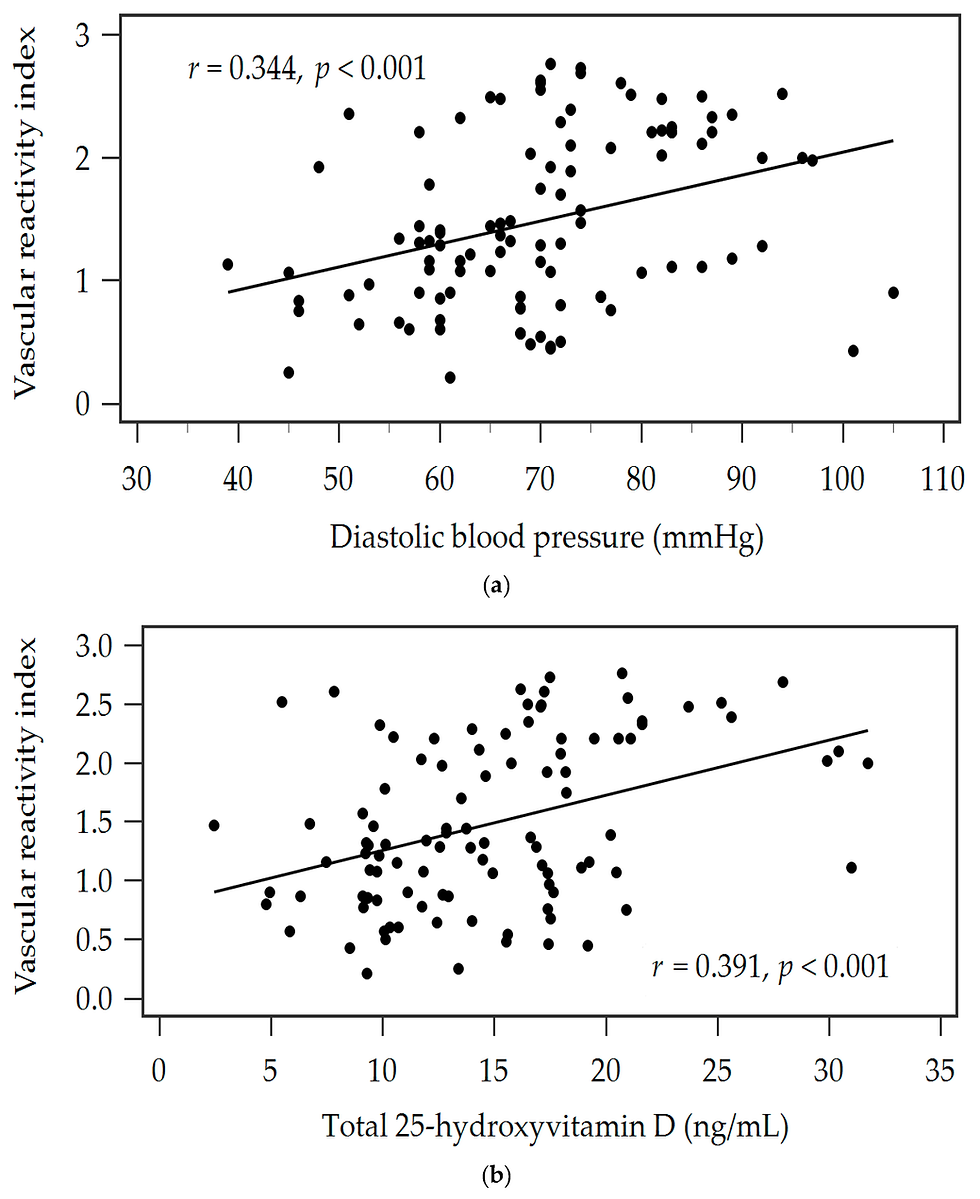Discovery of Neurovascular Reactivity During a Standard 5-minute Arm-cuff Reactive Hyperemia
- heartlung
- Jan 9, 2023
- 2 min read
Discovery of Neurovascular Reactivity During a Standard 5-minute Arm-cuff Reactive Hyperemia – Data From 7105 Patient Registry
Ruoyu Zhuang, Univ of Houston, HOUSTON, TX; Ahmed Gul, Univ of Houston, Houston, TX; Albert Yen, Endothelix, Houston, TX; Hirofumi Tanaka, Univ of Texas Austin, Austin, TX; Ralph Metcalfe, Univ of Houston, HOUSTON, TX; Stanley Kleis, Univ of Houston, Houston, TX; Morteza Naghavi, SHAPE, Palo Alto, CA
Abstract
Background: Endothelial function testing using a 5-minute arm-cu occlusion have always focused on hemodynamic measures from the occluded arm. No publication is found in PubMed (as of May 2019) on the significance of hemodynamic signals obtained from the non-occluded arm. We report the discovery of cutaneous vasodilatory and vasoconstrictive signals in the nonoccluded arm.
Methods: Endothelial function tests were performed on 7105 patients using FDA-approved automated VENDYS device (Endothelix Inc., Palo Alto, CA) during a 5-minute arm-cu reactive hyperemia. Fingertip temperature in the occluded arm falls during occlusion and rebounds after release. / Maximum temperature rebound in the occluded arm was reported as Vascular Reactivity Index (VRI). Temperature changes in the non-occluded arm were reported as Neurovascular Reactivity Index (NVRI). Temperature oscillations in the non-occluded arm was reported as Neurovascular Oscillation Index (NVOI).
Results: VRI was 1.54±0.47 in men and 1.62±0.56 in women (P<0.0001). NVRI was 0.71±1.65 in men and 0.50±1.83 in women (P<0.0001). Both VRI and NVRI showed a normal distribution. NVOI was 0.28±0.21 in men and 0.32±0.28 in women (P<0.0001). NVRI and NVOI showed positive and negative correlations with age respectively (P<0.0001). Top and bottom tertials of NVRI were classified as pro-parasympathetic and pro-sympathetic responders respectively. Top and bottom tertials of NVOI were classified as hyper and hypo-oscillators. Pro-sympathetic responders were younger, and hypo-oscillators were older than others.
Conclusions: We discovered significant and consistent contralateral neurovascular reactivity signals during ipsilateral arm-cu endothelial function tests. The clinical utility of such vasodilatory or vasoconstrictive reactivity is unknown. Further basic and clinical investigations are warranted particularly in regard to neuronal vs. vascular nitric oxide mediated response in the skin.
Keywords: Endothelial function, Hypertension, Risk factors, Rehabilitation, Arteriosclerosis
Read Full Text Here:



![Lipoprotein(a) levels predict endothelial dysfunction in maintenance hemodialysis patients: evidence from [VENDYS] vascular reactivity index assessment](https://static.wixstatic.com/media/dac531_5285607cc591409a9d83746f042af7c6~mv2.png/v1/fill/w_980,h_980,al_c,q_90,usm_0.66_1.00_0.01,enc_avif,quality_auto/dac531_5285607cc591409a9d83746f042af7c6~mv2.png)
Comments